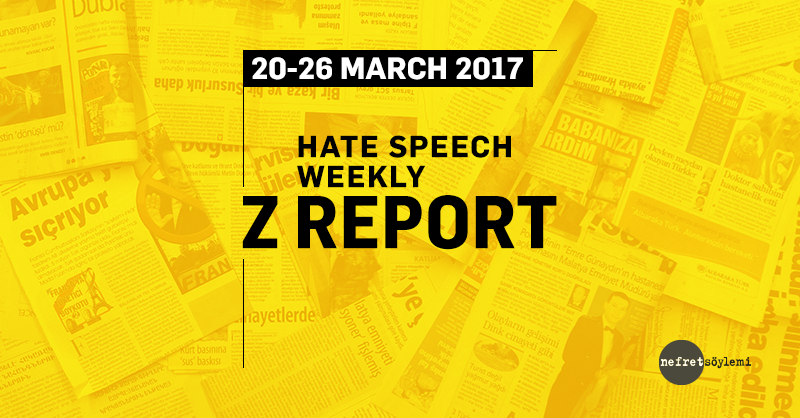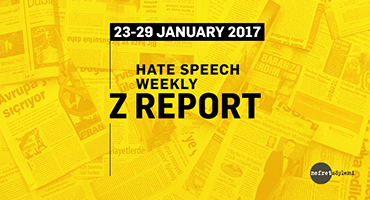Within March 20-26, 2017, four news articles that generate hate speech had been selected for the weekly report. You can find these articles that generate hate speech against Syrians, Bulgarians and Jews and the analyses below.1
1.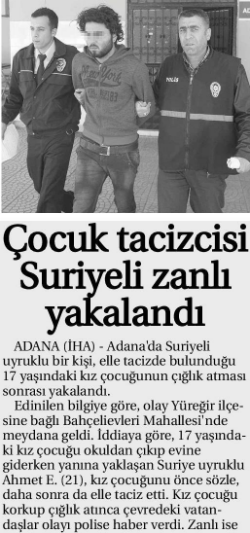
In Adana İlkhaber's article titled “Child molester Syrian caught”, the identity of the suspect is highlighted, associating all Syrians with the crime. The newspaper spreads a negative perception of Syrians and labels Syrians as an element of “threat”. |
2.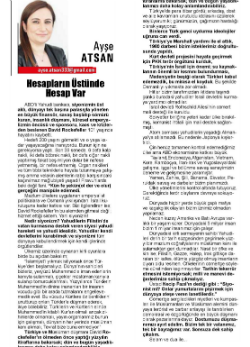
Ayşe Atsan, in her column titled “There is plot within plot”, writes: “If we filter the Jews, who own the dirty capital in the world, through a historical perspective, we see that they have been soaking the lands of the oppressed with Muslim blood for centuries. They are full of so much anger and hatred that Palestine, Gaza, Aleppo and Iraq became a land of people who are too familiar to death.” With these remarks, she defines Jews as an element of threat against Muslims and incites anti-Semitism. |
3.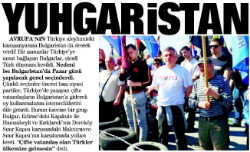
In Takvim daily’s article titled “BOOGARIA”, it is stated, “Bulgarians, who set their hopes on Turkey once, became enemies of Turkish nation.” With this statement, it provokes the readers against Bulgarians and incites enmity between peoples. |
4. In Korkusuz newspaper’s headline story “DANGEROUS TENSION”, which is also featured inside with the title of “Syrians have beaten 3 people, the district revolted”, it is stated: “In Sarayköy district of Denizli city, 25 Syrians have beaten 3 Turks. A group of 500 people stoned the houses of Syrians” and “Syrians have beaten up three citizens, causing trouble in Sarayköy.” With these statements, Syrians are pointed as the cause of disturbance. An opposition between “us” and “them” is established through this causal link and the violence against Syrians is justified. Furthermore, in the section titled “We don’t want them in our district”, opinions of the locals are covered, whereas there is no testimony from Syrians. In this way, Syrians are depicted as the source of “tension”; a hostile language that marginalizes and targets Syrians is put into circulation. |
1. Within the scope of the media scanning work focusing on hate speech, all national newspapers and around 500 local newspapers are scanned based on pre-determined keywords (e.g. Traitor, apostate, refugee, Christian, Jewish, separatist, etc.) by the media monitoring center. While the main focus has been hate speech on the basis of national, ethnic and religious identities; sexist and homophobic discourses are also examined as part of the monitoring work.

